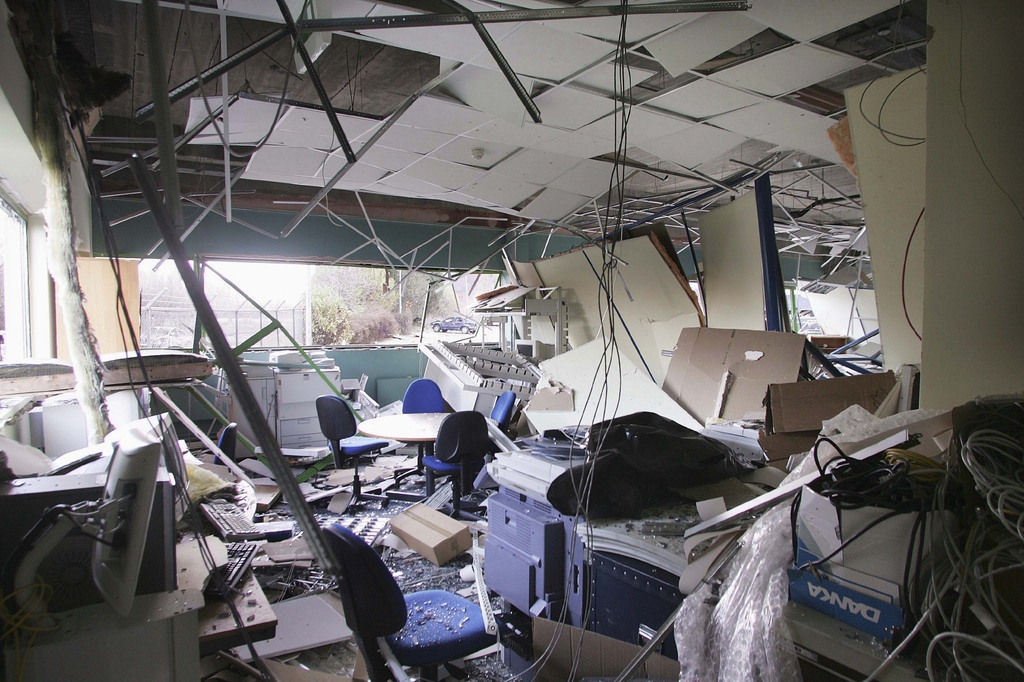Industry research conducted by Sysop reveals that only 20% of IT applications are defined as ‘mission critical’ and therefore rapidly addressed by business continuity plans following a disaster, leaving 80% more routine applications that are essential to the business but which can take over two weeks to recover in 25% of cases; one month in 50% of cases – and more than three months in a further 25% of cases.
"Experience of major contingencies – those that affect more than just IT infrastructure, such as the Royal Bank of Scotland customer ‘no access’ disaster for which the regulators have just fined the bank a total of £56 million – reveals that emergency co-ordination teams need effective IT immediately” says Sysop consulting lead and managing director Stuart Sawle. "As many organisations are now IT dependent it is necessary for routine IT and data to be rapidly available if they are to manage any crisis.”
Sysop’s IT Service Continuity Workshop is part of a "wider campaign focused on solving IT problems”, say Sysop. The workshop provides participants with the knowledge and tools to formulate an effective IT service continuity plan for their organisation, ensuring that IT services are resilient and disaster-tolerant yet can recover and continue should a catastrophic incident occur.
"This is not just about reactive but also proactive measures – reducing the risk of a disaster in the first place” say Sysop. Steps include conducting a business impact analysis (BIA); performing a risk assessment for each of the IT services (identifying assets, threats, vulnerabilities and counter measures); evaluating the options for recovery; producing a contingency plan; and reviewing and revising that plan, regularly. Tackling internal resistance to this process (notably, its cost) from other stakeholders in the organisation is also covered.
The Business Continuity Institute (BCI) ‘Emergency Communications Survey 2014’ states that ‘relevant training and education programmes, as well as ensuring top management buy in, are necessary in promoting a culture of awareness and reducing the risk of communications failure during incidents.’ The top three causes of business disruption measured by the BCI in the last 12 months are IT outages (cited by 59.8% of respondents), power outages (51.6%) and weather related incidents (47.2%).
01706 361110admin@sysop.co.uk


